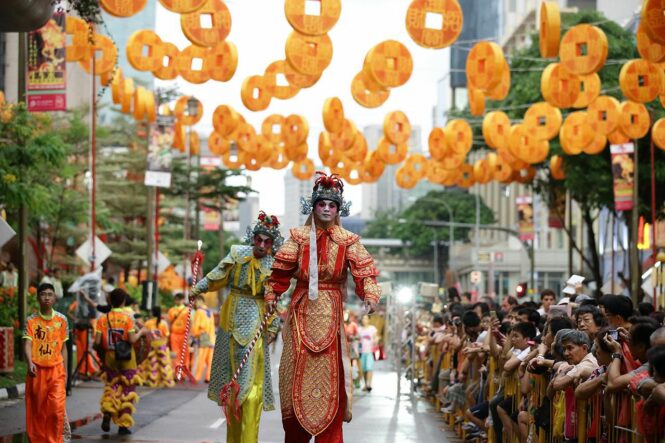
The history and origin of chinese new year chinese new year, also known as the lunar new year is the most important among the traditional chinese holidays. This is the origin of chinese new year.
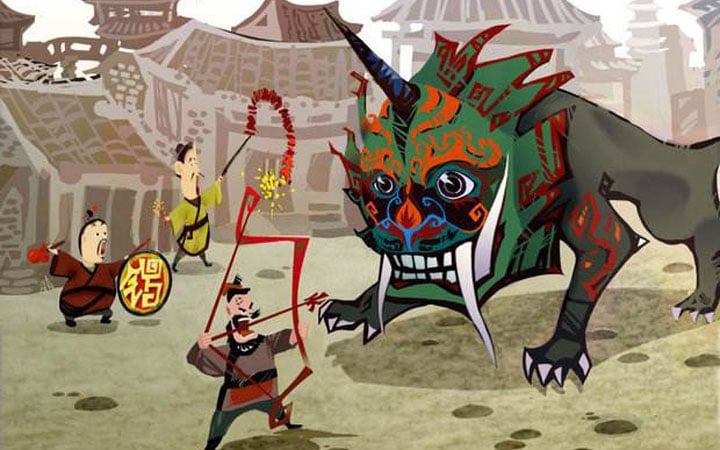
The Legend of Chinese New Year VivaLing
The origins of this renaming from chinese new year to “spring festival” are fascinating and not widely known.

Chinese new years origin. According to folklore, nian would rise from the sea each year to devour people and livestock. The origin of chinese dragon. The chinese new year is still widely celebrated today, and historians think it originated more than 3,000 years ago during the shang dynasty.
Chinese new year has very special meanings for. One legend is that thousands of years ago a monster named nian (“year”) would attack villagers at the beginning of each new year. If you were wondering what do all these masks actually mean, you will find the answer to that and many.
And the most important days are spring festival eve and the first three days. Some people believe that the chinese new year is originated in yushun time (虞舜时代 yú shùn shí daì). The monster was afraid of loud noises, bright lights, and the colour red, so those things were used to chase the beast away.
Since there was no written record in ancient times (before 2000 bc), the exact beginning year is still uncertain. The chinese government now stipulates people to have seven days off for the chinese lunar new year. The chinese zodiac, known as sheng xiao or shu xiang, features 12 animal signs in this order:
Chinese new year traditions and origin story chinese new year traditions are a rich part of the culture. Chinese dragon can be divided into several dozens of kinds, such as qinglong, yinglong, jiaolong, panlong, yunlong, wanglong, xinglong. Chinese people celebrate this holiday by enjoying colored lantern displays and eating sweet rice balls called tangyuan.
Today, chinese masks are usually associated with chinese new year or chinese opera. Lunar new year, chinese chunjie, vietnamese tet, korean solnal, tibetan losar, also called spring festival, festival typically celebrated in china and other asian countries that begins with the first new moon of the lunar calendar and ends on the first full moon of the lunar calendar, 15 days later. Chinese new year celebrations were born out of fear and myth.
Those are the two most common occasions when we can see people wearing them. Chinese new year has enjoyed a history of about 3,500 years. Chinese new year means a lot of chinese people, and people celebrate in many traditional ways.
Chinese new year is one of the most important holidays for chinese people. Its exact beginning is not recorded. 12 and lasting to 2022 lunar new year's eve on jan.
It lasts until the festival of lanterns, which is when. It was traditionally a time to honor deities as well as ancestors, and it has also become a time to feast and to visit family members. Chinese new year is the festival that celebrates the beginning of a new year on the traditional lunisolar chinese calendar.
Legend spoke of the wild beast nian (which also is the word for “year”) that appeared at the end Like shengxiao, conveniently translated as the chinese zodiac animals, the origin of chinese new year can only be explained by folklore as well. The lunar calendar is based on the cycles of the moon, so the dates of.
This is a year of metal ox, starting from the 2021 chinese new year on feb. Chinese dragon is a virtual creature and first created in legendary stories, mythology, and tales. How is chinese new year celebrated?
The origin of the festival can be traced back to the worshiping activities in china’s ancient agrarian society. The origins of the chinese new year festival are thousands of years old and are steeped in legends but it is unclear when the beginning of the year was celebrated before the qin dynasty. Chinese new year can be traced back to 4000 years ago.
At that period of time, people stay with their family and celebrate the chinese new year. Characterized by ornate floats, costumes and. It is celebrated on the first day of the first month of the chinese calendar, i.e.
Rat, ox, tiger, rabbit, dragon, snake, horse, sheep, monkey, rooster, dog and pig. The origins of the chinese new year are steeped in legend. The day of the second new moon after the day on which the winter solstice occurs.popularly known as.
In 1912 the newly formed chinese republic, governed by the nationalist party, renamed the traditional holiday spring festival to get the chinese people to transition into celebrating the western new year. 2022 is the year of the tiger. The lantern festival (元宵节 or yuánxiāojié in pinyin) is a chinese holiday that traditionally marks the end of the chinese new year (spring festival) celebrations.
While the spring festival celebrations traditionally start from chinese new year’s eve, namely chuxi, the last day of the last month of the chinese lunar calendar, to. On average, chinese new year starts with the arrival of the new moon that occurs sometime between the end of january and the end of february.

The Chinese New Year History & Celebrations Ready Set
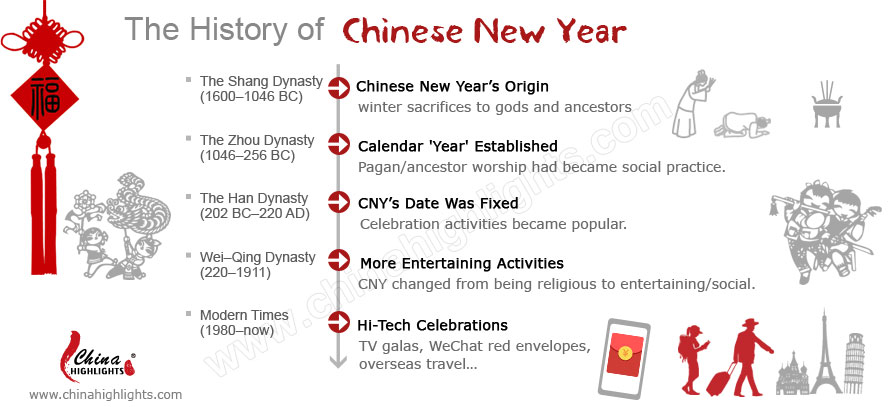
The Origin and History of Chinese New Year
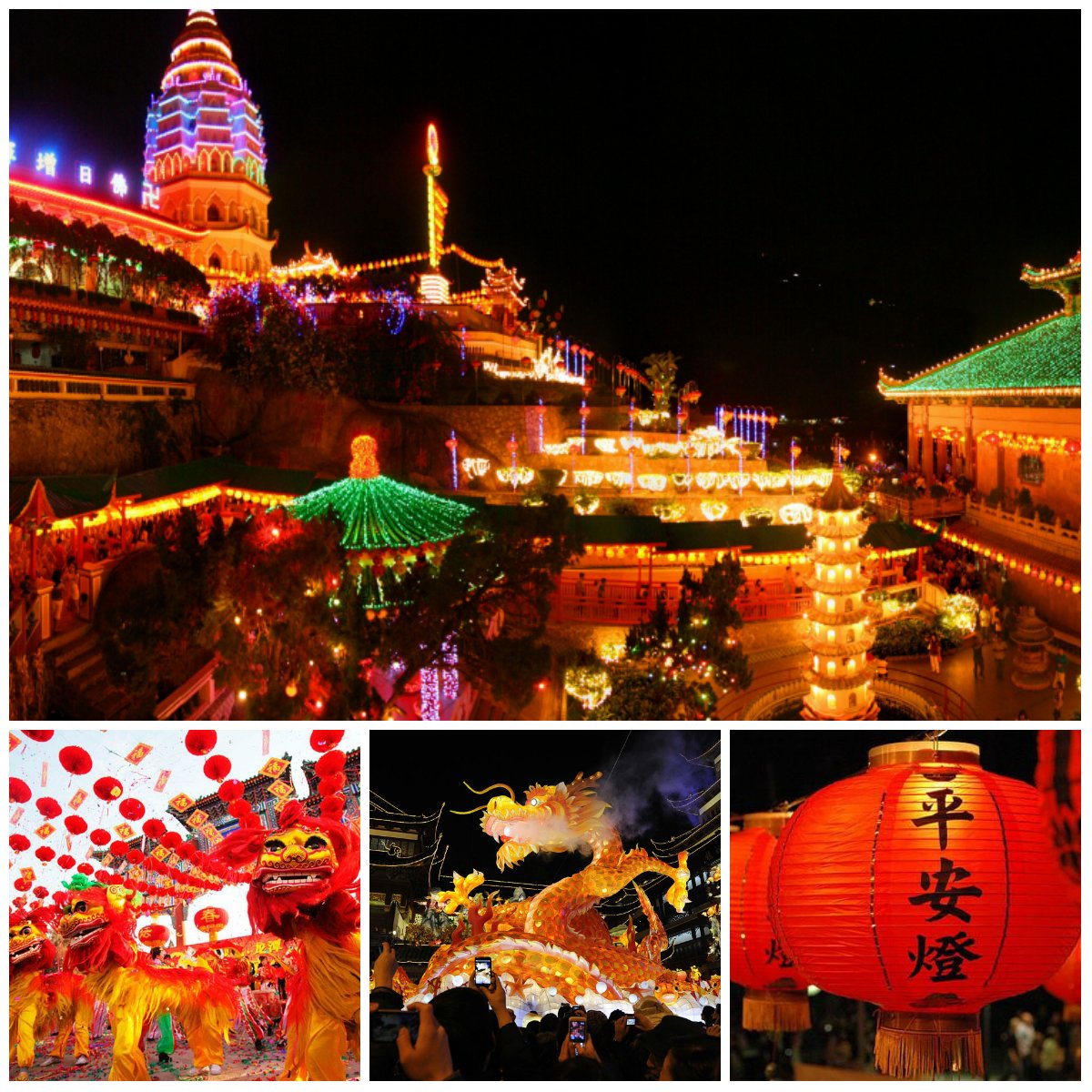
The history and tradition of celebrating the Chinese New Year
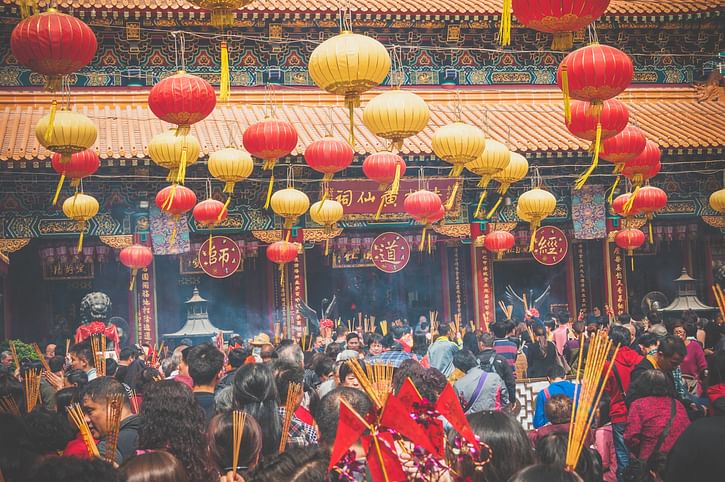
Chinese New Year 2020 Date, Significance, History
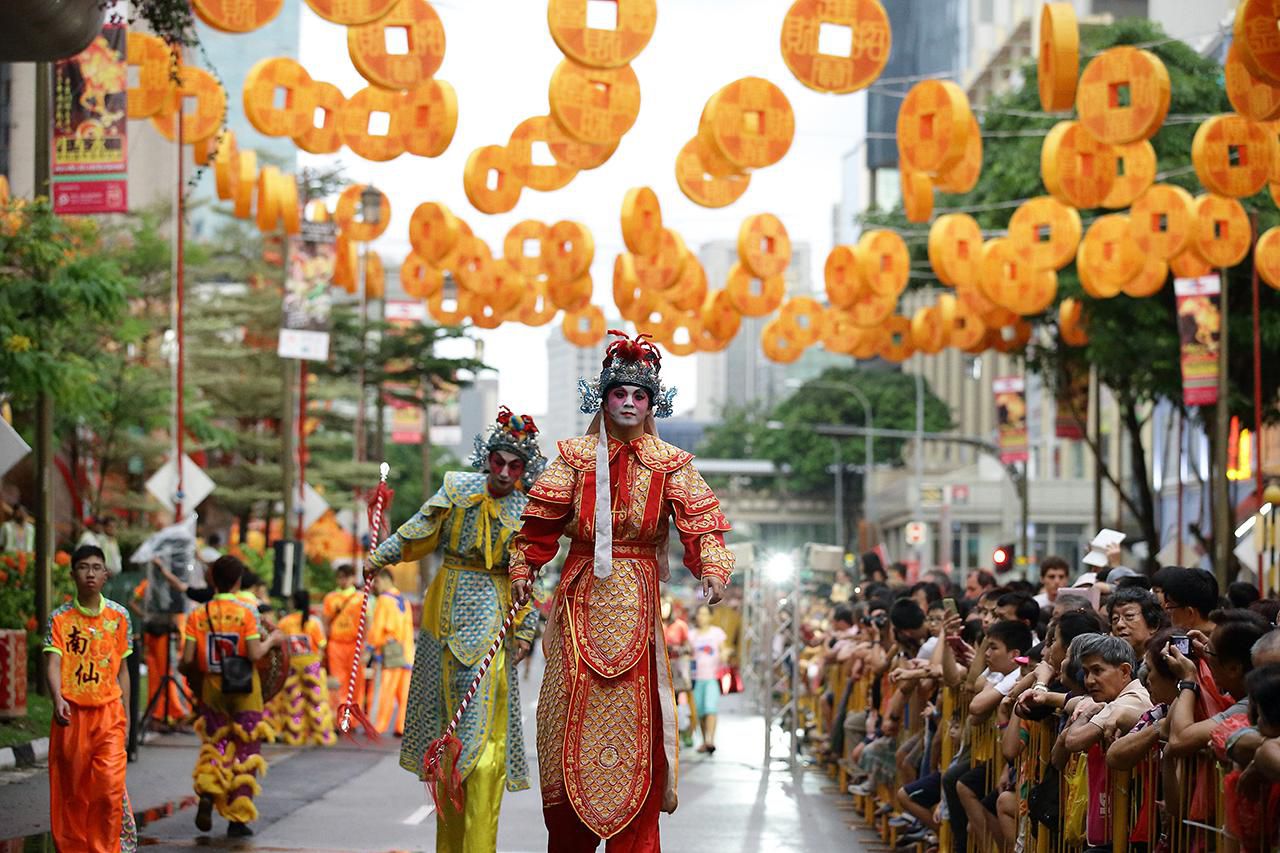
The History of Chinese New Year
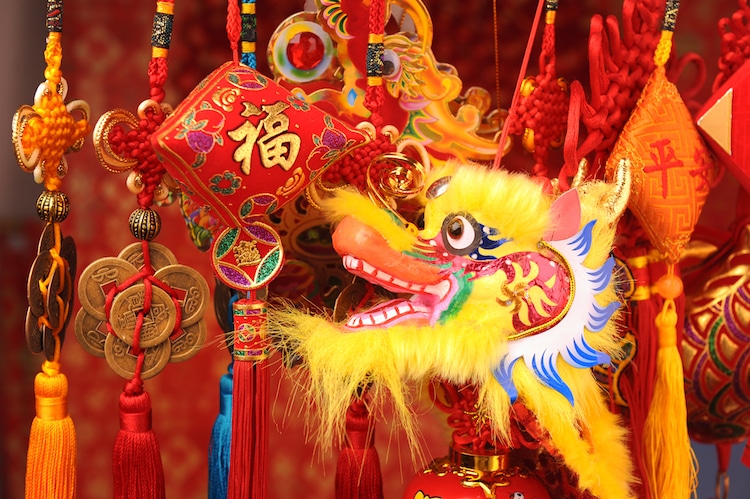
What is Chinese New Year? Exploring History of China's

Chinese New Year 2017 History, traditions, and predictions


